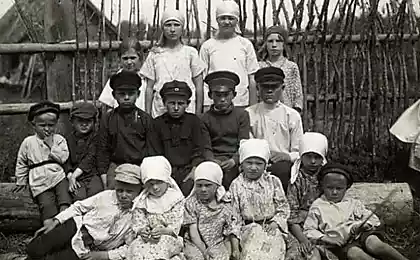453
In Poland, opened the necropolis era of the Great migration

Investigated dozens of burials by cremation, containing jewelry and costume elements.
Dozens of burials by cremation of the era of the Great migration found in Langano (Łężany), in the North-Eastern part of Poland. The necropolis dates from the turn of the IV-V centuries ad.
The burial ground was discovered accidentally in autumn 2012 during forestry work economic. The first excavations started in last year. The necropolis consists of a single simple soil graves. All buried cremated, their ashes placed or directly in the grave or in special clay urns. Were found small clusters of human bones, buried in clean sand.
"Most of the graves we found contained jewelry, mostly buckles, bracelets, necklaces. Also preserved elements of the costume – fasteners, rivets, fasteners. In several graves of the buried were accompanied by miniature vessels," says Agnieszka Aremac (Agnieszka Jaremek) from the Institute of archaeology at Warsaw University.
A decoration made of bronze, others of iron or silver. A unique finding was the detection of four fibulae (clasps for clothing) in the form of cicadas. All four brooches were found in one burial
"So far from the Baltic cultural region was previously known only three of these unique jewelry, which came from the black sea" – explains the archaeologist.
Work on the necropolis in Langano are part of a broader study of the city lakes Vedrinski (Widryńskie) and Leginski (Legińskie). The project started in 2011, the coordinator is the Foundation of the dine. Excavations run by members of the Foundation of the Institute of archaeology, University of Warsaw, Warmian-Masurian University and the academic diving club "Sea horse". In 2014, the project received a grant from the Ministry of culture and national heritage. Excavations in the framework of the project will continue in July and August.
The great migration of peoples – the code name of the historical era spanning the IV–VII centuries BC At this time (perhaps as a result of climate change) came to the movement of ethnic groups from different parts of Eurasia: the Goths (and other Germanic tribes), Huns, Alans, Slavs, Turks, Finno-Ugric tribes and others. The great migration of peoples was accompanied by numerous military conflicts. This process has become one of the causes of the fall of the Western Roman Empire. At the same time the Great migrations laid the foundations for the new medieval States.
Source: nkj.ru























